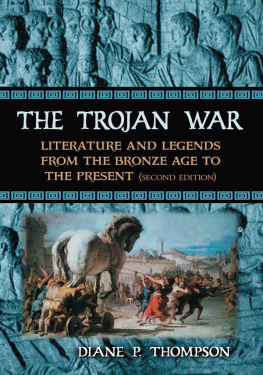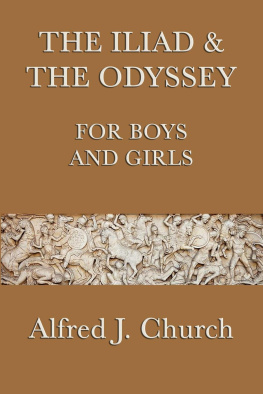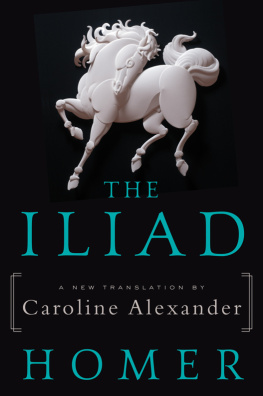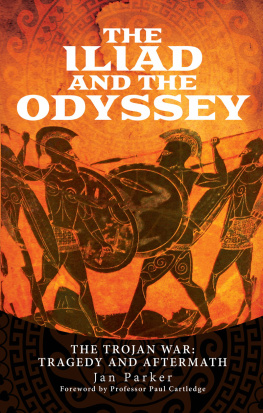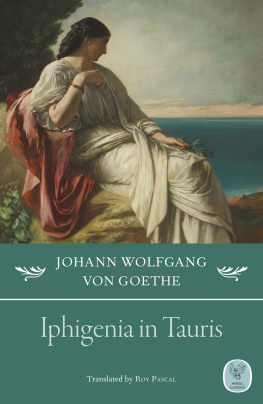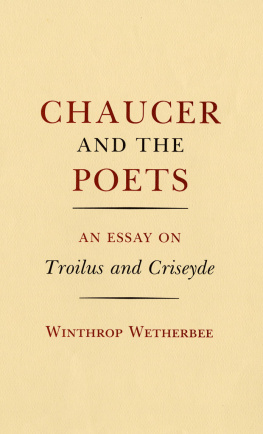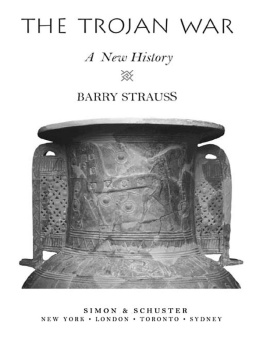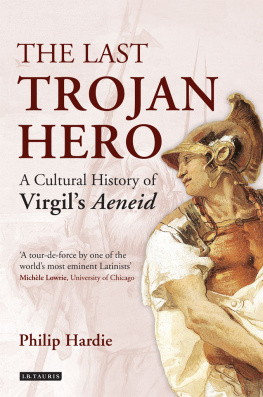
The Trojan War
Literature and Legends from the Bronze Age to the Present
Second Edition
Diane P. Thompson

McFarland & Company, Inc., Publishers
Jefferson, North Carolina, and London
Maps by Melanie De Cola.
LIBRARY OF CONGRESS CATALOGUING DATA ARE AVAILABLE
BRITISH LIBRARY CATALOGUING DATA ARE AVAILABLE
e-ISBN: 978-1-4766-0591-3
2013 Diane P. Thompson. All rights reserved
No part of this book may be reproduced or transmitted in any form or by any means, electronic or mechanical, including photocopying or recording, or by any information storage and retrieval system, without permission in writing from the publisher.
On the cover: background relief of Trojan soldiers and inset Trojan Horse images 2013 Clipart.com
McFarland & Company, Inc., Publishers
Box 611, Jefferson, North Carolina 28640
www.mcfarlandpub.com
Preface
When I was in graduate school, mulling over the amazing unfairness of human suffering, I looked to the past for answers. Seeking wisdom, I studied the three-thousand-year-old tradition of Trojan War stories. I hoped to learn about how human beings could become involved in the destruction of their own civilization, a central theme of most stories of Troy. I thought that I might discover what brilliant people of past times had concluded. Unfortunately there were no answers. Only grief, weary sighs, questions of what if, if only, why?
I nished my dissertation (Human Responsibility and the Fall of Troy, City University of New York, 1981), but I felt bitterly let down by ancient poets lack of wisdom. I spent several years nursing my disappointment at the failure of great authors to answer my questions about the causes of human suffering and disaster. Gradually, however, I began to accept the fact that, although there were no easy or satisfying answers to the problem of human suffering, there were thousands of years of Troy stories, many by major poets. The true wonder of these stories was not in their wisdom, which was not all that different from ours today, but in their amazing endurance, as generations of poets persisted in retelling the story of a small war for over three thousand years.
My goal in writing this book is to communicate the extraordinary endurance and variety of Troy stories, so that modern readers can appreciate how ancient, how persistent, and yet how contemporary these stories are. Only stories from the Hebrew Bible can compete with the story of Troy for popularity, substance and durability in Western civilization. Each new author retells his or her Troy story in the context of his or her own contemporary values and perceptions, while the ancient events and characters mark the story as from long ago and far away. Thus, Virgil tells the story of Troy as part of the founding story of the Roman Empire, while Benot tells it as a huge medieval moral exemplum, chock-full of tragic romances. Chaucer uses the ancient pagan story of Troy deliberately to separate the love story of Troilus and Criseyde from his own Christian values. Authors also play against one another to identify their contemporary values, as when Shakespeare takes Chaucers Troilus and Crisyede and transforms it into the bitter political drama of chaos in Renaissance politicsTroilus and Cressida.
I have selected a few interesting threads from the enormous number of Troy stories that have been composed over these three thousand years. I chose the story of Iphigenia, Agamemnons daughter, because her sacrice has appealed to writers from Euripides to Racine, Goethe, and Sheri Tepper. Over the centuries Iphigenia has been transformed from a young girl who was sacriced so that Agamemnon could sail to Troy (Euripides), into a lovely young princess too nice to kill (Racine), a perfect woman who can transform humanity (Goethe), and a ghost whose function is to help convince Achilles that there is no use for a dead woman (Tepper). I chose the story of Troilus and Criseyde/Cressida because of the interesting development of the role of love in the story of Troy, from the seizing of Helen and ghting over Briseis and Chryseis in the Iliad, to the ambiguous Dido in the Aeneid, to the elevated, yet pagan, romance in Chaucers Troilus and Criseyde, to Shakespeares degenerate Cressida in his Troilus and Cressida. I selected the feminist goddess movement of the 1980s because it offers recent examples of the continual reinvention of Troy in new contexts. And nally, I looked at many interesting uses of Troy in the presenton lm, on TV, in books, in art, in advertising, and on the Internet.
When preparing this second edition, I added a chapter on the Historia Destructionis Troia by Guido delle Colonne, who took Benoits gigantic poetic version of the story of Troy and transformed it into the accepted prose history of Troy that became the main source for many medieval and renaissance versions of the story of Troy. I also added a chapter on James Joyces Ulysses, which is the greatest and best known of the twentieth century retellings of the story of Homers Odyssey, with the Mediterranean recast as 1904 Dublin, and Leopold Bloom as the wandering Ulysses. I revised the chapter on the Bronze Age to reect the archeological explorations of Troy in the 1990s and early twenty-rst century and Troys connection with the Hittite Empire of Central Anatolia. Finally, I updated the last chapter to reect some of the newer books published on Troy in the past few years.
The Plan of the Book
After presenting material on the history of Troy and Mycenae in the Mediterranean Bronze Age and the oral transmission of epic poetry, I discuss the primary Troy sourcesHomers Iliad and Odysseyoffering a detailed synopsis of each. My purpose is to give a general reader enough background to recognize the main characters and story elements in later Troy stories. Then I examine the story of one very bad homecoming from Troy: how Clytemnestra murdered Agamemnon and Cassandra when they reached Mycenae, as told by Aeschylus in Agamemnon. Euripides wrote two interesting plays about Agamemnons sacrice of his daughter, Iphigenia at Aulis and Iphigenia inTauris, which I examine next because the theme of the king sacricing his daughter became an important thread in Troy stories. I then deal with Virgils Aeneid, which offers an important counter-tradition to Homer. Virgils Greeks are bad, while his Trojans are noble refugees from Troy who become the founding ancestors of Rome.
After examining some of the transmission materials to the European Middle Ages (Dictys and Dares), I consider two medieval Troy romances: the Eneas, updating the Aeneid for the world of the crusades, and the Roman de Troie, a massive poetic narrative of the intertwining of love and death in the Trojan War. Next I examine Guido delle Colonnes refashioning of the Troy Story into what came to be considered the true history of Troy, his Historia Destructionis Troiae. From the Roman de Troie, I pick up the tale of the Trojan prince Troilus and his lover, Briseida, and follow it in two major retellings by Chaucer (Troilus and Criseyde) and Shakespeare (Troilus and Cressida).
Next, I look at the improvements Racine and Goethe each made to the story of Iphigenia in the seventeenth and eighteenth centuries. Then I consider the grandest and most compassionate retelling of the
Next page
